The subject of American manga adaptations is always a tricky one to navigate. Usually panned by fans and critics alike for their bad casting calls or divergence from the source material, it isn’t too much of a stretch to say that there hasn’t been one adaptation of a classic Japanese series that has found universal approval in the United States. This statement holds true for Netflix’s recently released Death Note, which so far has a Rotten Tomatoes rating of 41% (or 27% when considering audiences).
Putting critics and naysayers aside, however, consider this possibility: Netflix’s Death Note is actually a pretty great movie.
Before the hate starts pouring in, hear me out on this one. Death Note, in its original form, is a story intended for teenagers. Though many of us who grew up reading the manga and watching the anime are now full-fledged adults, we may expect the stories we’ve experienced in the past to mature with us. Keeping in mind that this is not the case for Death Note or any other story we may have experienced in our younger years, let’s start with the film’s narrative.
Though the initial premise of a mysterious notebook falling from the sky and a genius high school student discovering it remains largely the same, Netflix’s adaptation of Death Note and the original story diverge from there. Characters like Light, L, Light’s dad, Watari and Misa (or Mia) remain largely unchanged by name only, as each character’s personality when compared from the film to the book are almost polar opposites of one another. Light actually breaks composure, Mia takes a stand for herself and L expresses, well, some kind of real human emotion.
In this case, the film crafts a believable and interesting plot that’s actually based somewhat in reality. Taking a page (see what I did there?) from the modern teen movie genre, the film feels like it presents a great introduction to an anime series that newer generations may not have heard of yet. Although sometimes falling for the tropes indication of the category like unexplained romance, strange motivations and over-the-top drama, this adaptation is fresh and new and a welcome change to what we’re used to experiencing with the series.

Cinematography, lighting, camera angles and music all aid to make the experience feel dark and brooding, but not to the point of making you want to cringe. There’s a lot of action in this version of Death Note but that’s not necessarily a bad thing, as the use of movement in the this case carries the dialogue and gives your eyes something to behold when they’re not awing at the film’s neon colors.
Speaking of great things to look at, one aspect that almost all fans won’t be disappointed to see is Ryuk, whose voice by Willem Dafoe is nothing short of genius. Every time the angel of death is on screen, one can’t help to marvel at how chilling yet whimsical Dafoe’s contribution is, a near carbon copy of what Ryuk would be in real life.
There’s a litany of other things that Death Note simply does well. Introducing a new rule to the book, having Ryuk interfere with Light’s machinations, L wanting revenge, and the Kira phenomenon actually manifesting itself in the main story line add interesting dimensions to what fans didn’t experience in the manga nor the anime.
When it comes down to it, Netflix’s Death Note is a great interpretation to an already great series. It doesn’t serve as a true rendition of the original and it doesn’t have to. When examined as an artistic piece on its own right, Death Note is a great film to watch purely for modern enjoyment – with a nod to the past thrown in.


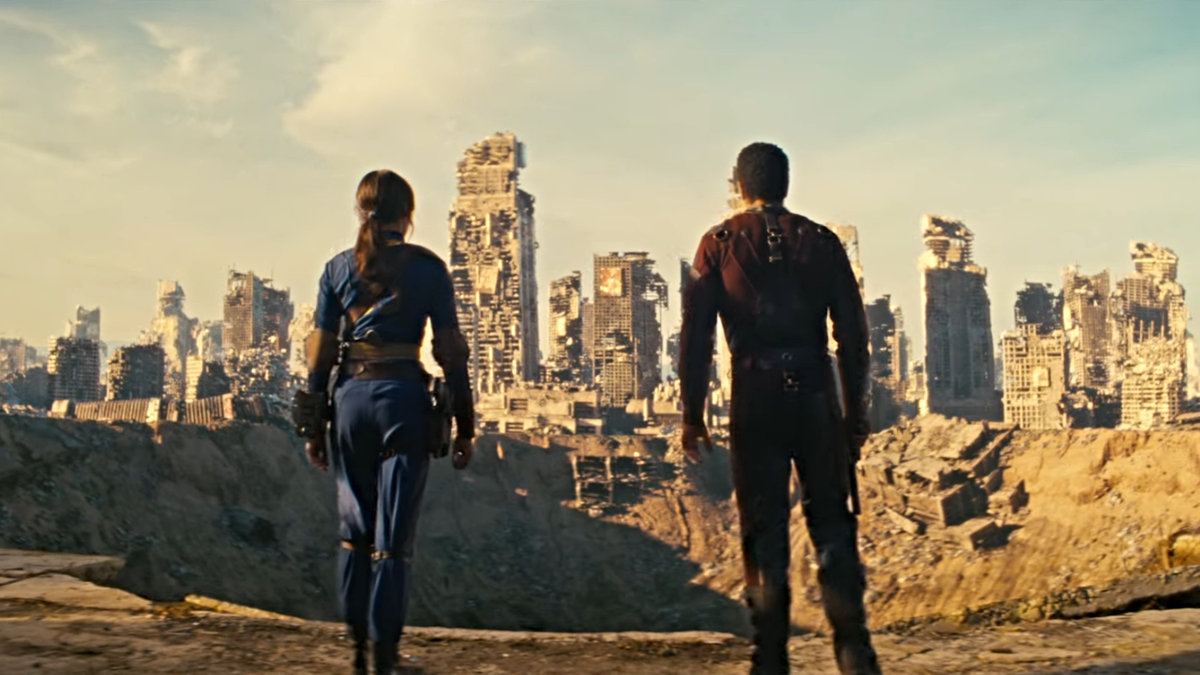
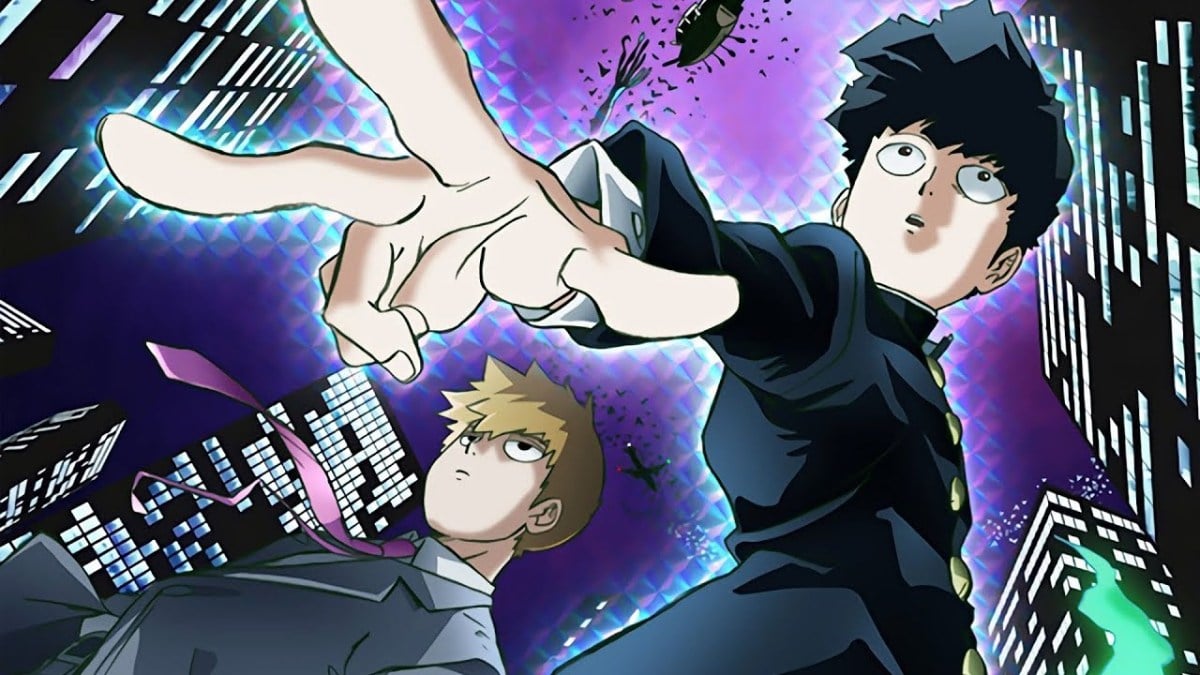
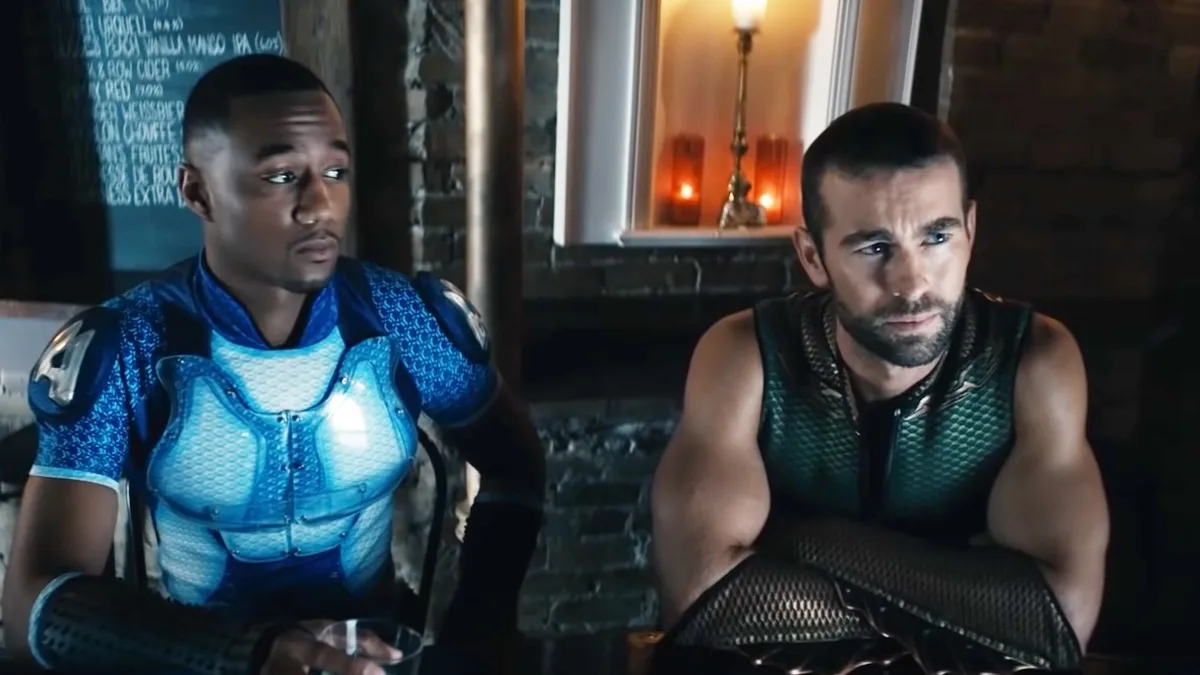
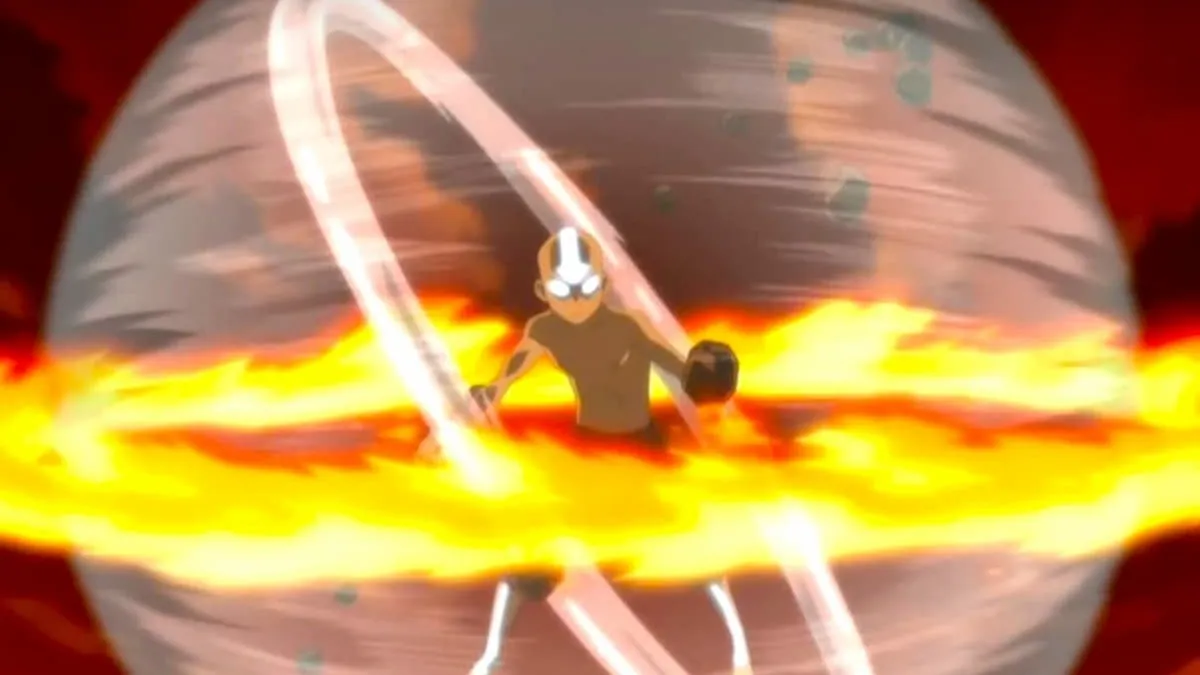
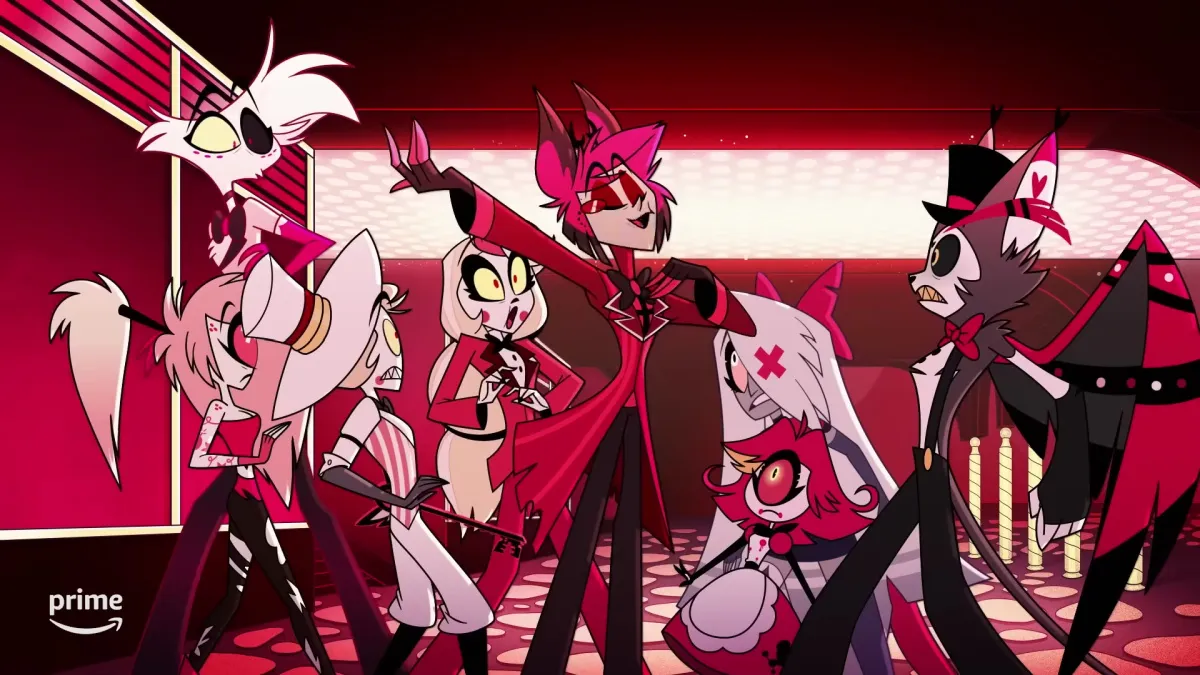
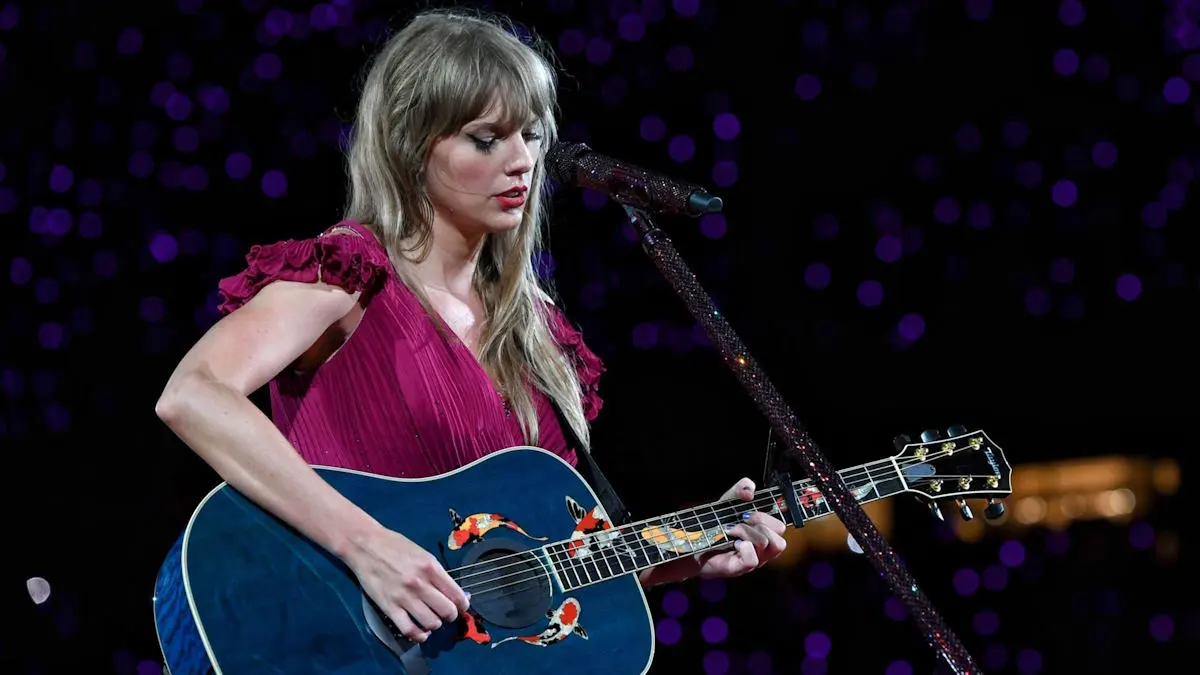
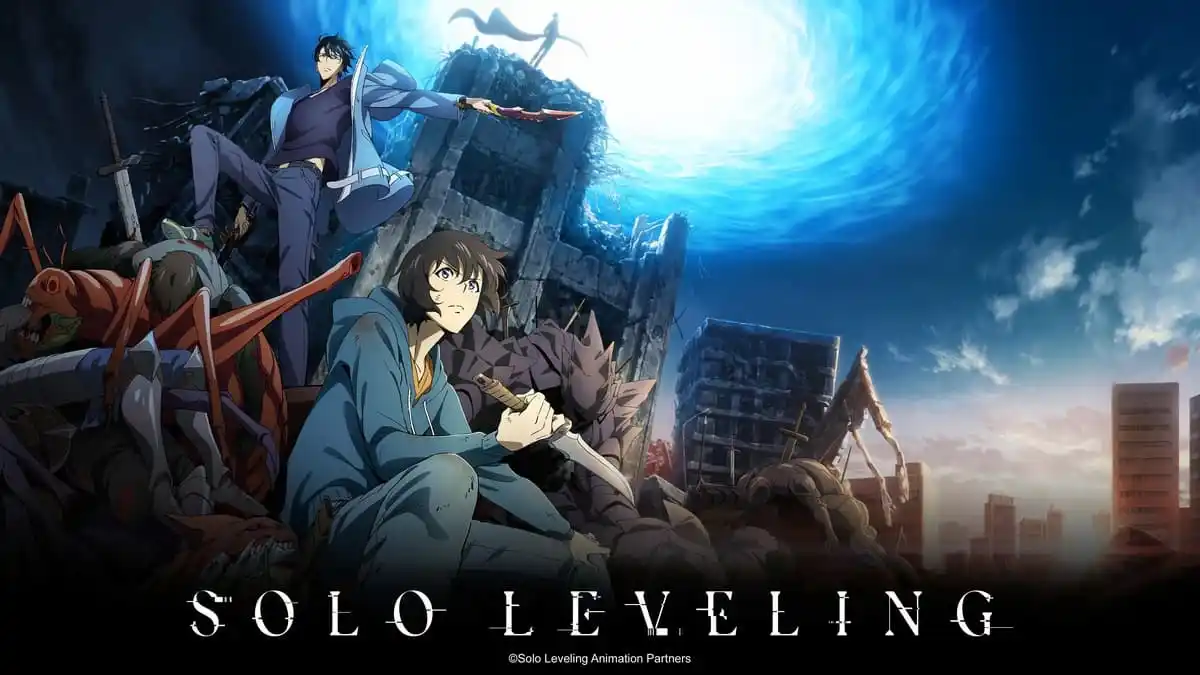
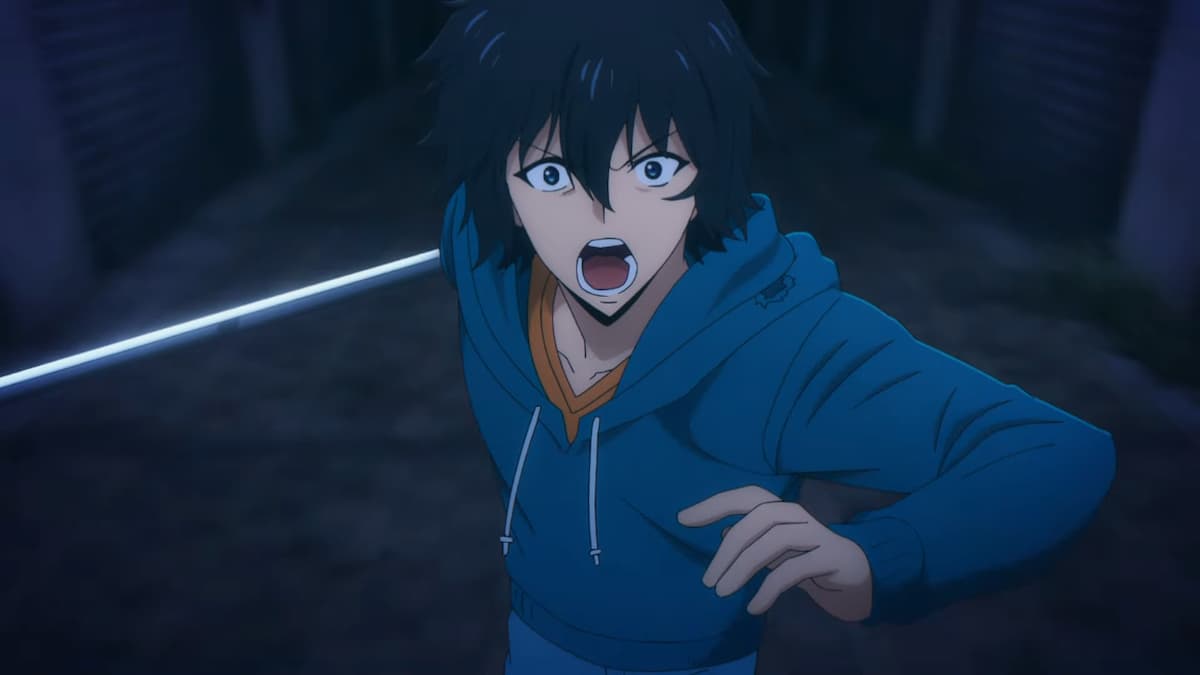

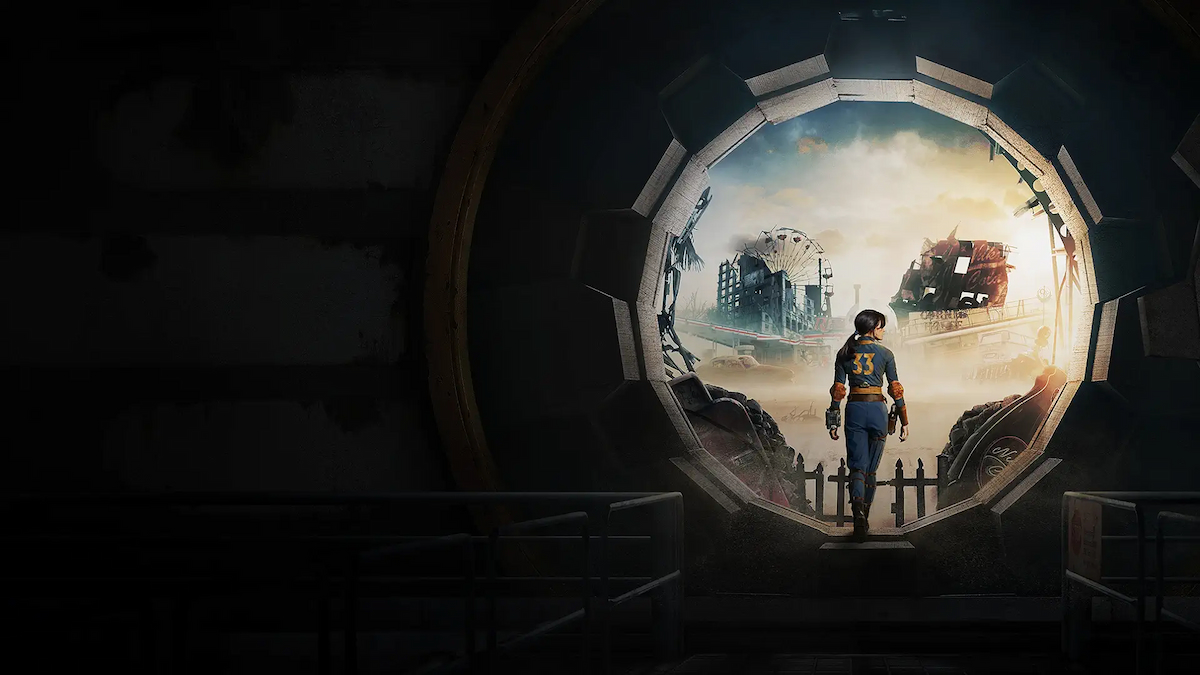


Updated: Aug 28, 2017 11:57 am